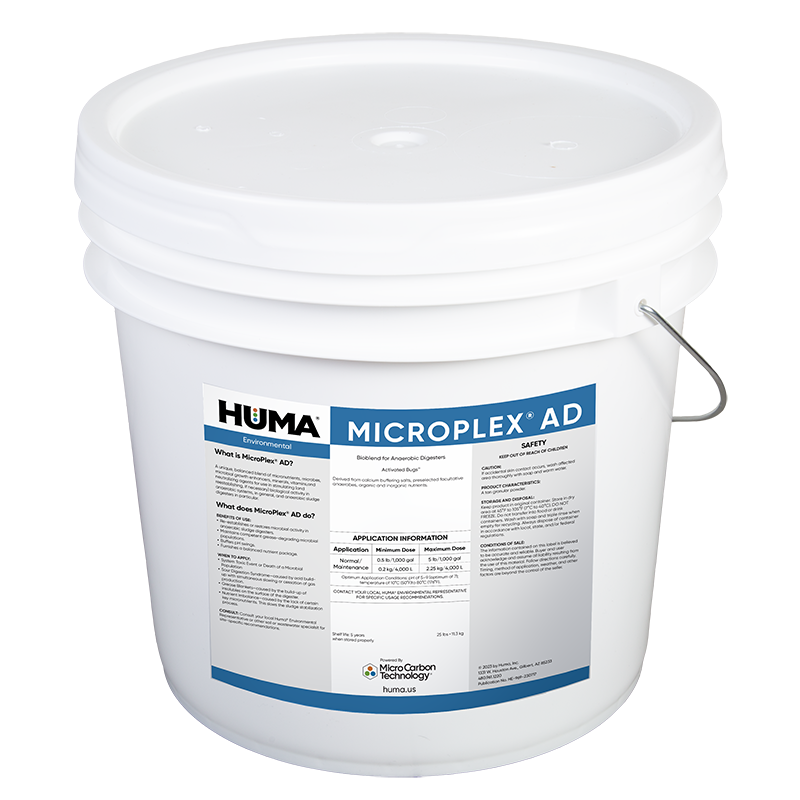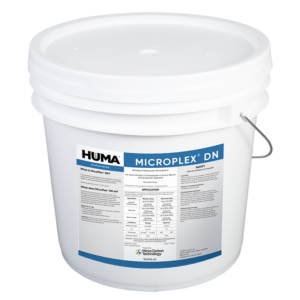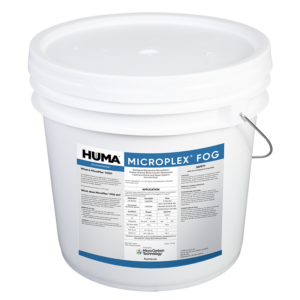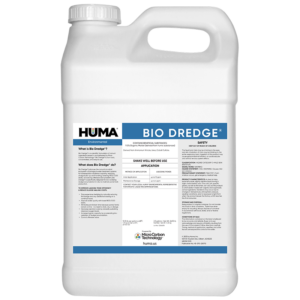MicroPlex® AD
Benefits of Use:
- Re-establishes or restores microbial activity in anaerobic sludge digesters
- Maintains competent grease-degrading microbial populations
- Buffers pH swings
- Furnishes a balanced nutrient package
When to Apply:
- System Toxic Event or Death of a Microbial Population
- Sour Digestion Syndrome—caused by acid build-up with simultaneous slowing or cessation of gas production.
- Grease Blankets—caused by the build-up of insolubles on the surface of the digester.
- Nutrient Imbalance—caused by the lack of certain key micronutrients. This slows the sludge stabilization process.
FAQs
Related Products
Related Case Studies

Bio Energizer® Reduces Sludge 45% In One Year, Saves Municipal Plant $6 M In Dredging Costs
Summary In this study, a one-year bioremediation plan featuring Bio Energizer® was implemented for a municipal wastewater treatment facility with 2 primary lagoons in which sludge depths had reached 5–7 feet. The lagoons were at risk of upset and wastewater processing capacity was reduced. Sludge levels were measured at baseline and quarterly. Sludge depth was

Bio Energizer® Reduces Costs and Turbidity in Paperboard Lagoons at Kentucky Papermill Wastewater Facility
Problem A paper mill wastewater facility was treating 940 tons of paper bags, recycled linerboard, and corrugating medium, daily. The mill was interested in improving wastewater operating efficiency and lowering operating expenses over their standard polymer usage. The plant was experiencing filamentous bacteria, solids, and bulking issues in the final clarifier. It was discharging 4,000

Super Phos® Lowers Papermill Operating Costs in China
Problem The existing wastewater treatment system uses 600 kg/day of diammonium phosphate (DAP) to provide the needed phosphorus concentration to maintain a healthy microbial population to treat wastewater. These microorganisms break down the organic matter being discharged from the paper processing facility. Without the correct concentration of available phosphorus, the microorganisms are unable to grow
Related Blog Posts
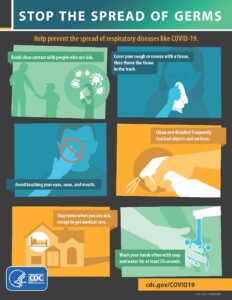
BHN Remains Open for Business
At this time, though we have reduced all nonessential staff travel/interaction and are not accepting visitors, Bio Huma Netics remains open for business and is processing all orders. In anticipation of the possibility that we may have to suspend production at some future time to protect the health of our staff, we encourage our customers
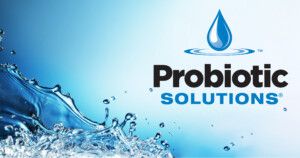
Where Did the Water Go?
By Jared Alder, MS In England, it is estimated that around 700 million gallons of water—the equivalent of 1,200 Olympics–size swimming pools—is lost every day to leaks in the country’s vast water system. Often the water just rises out to the pavement and runs down the road. Utilities spend countless hours and a great deal of money and other resources trying to locate the sources of leaks, often tearing up roads multiple times in

How to Reduce SVI and Foam in Activated Sludge Plants
In this short video, Shawn Whitmer, PE, discusses how foam and settling caused by filamentous bacteria can create problems for municipal activated sludge wastewater treatment plants. Our Probiotic Solutions® liquid stimulant product, Bio Genesis®, can help facilities take a bioremediation approach to improve treatment performance; reduce foam, SVI, sludge, and FOG; and decrease energy costs.

